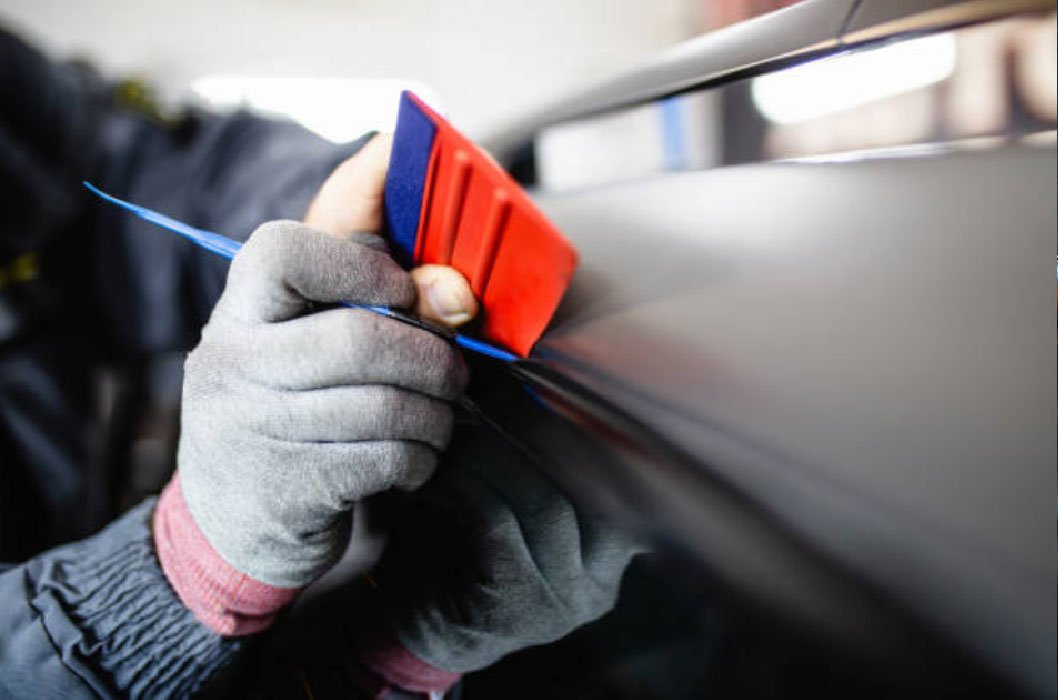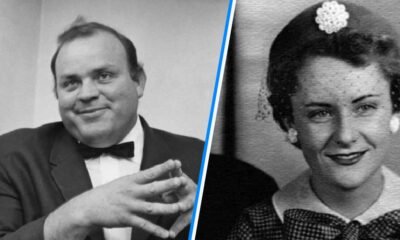Vehicle
PPF Coating vs Traditional Paint Protection: Which Is Right for Your Car?

Preserving the surface of your car is crucial for its looks as well as resale value hence you should learn how to protect your vehicle’s paint. The two common techniques of achieving this include; the PPF coating (Paint Protection Film) and the conventional painting methods such as wax or ceramic paint protection. Both the options give you a different set of benefits, the selection of which option is appropriate would depend on your car, your pocket and vision. For people who love cars, car washing firms, auto detailers, and companies dealing with car wrap supplies, there is a need to make a decision on which solution to opt for. If you are wondering whether to opt for PPF coating or the conventional paint protection method, this article will enlighten you on what to do.
What Is PPF Coating
PPF commonly known as Paint Protection Film is a clear glossy film that is almost impenetrable to prevent scratching of a car surface. Back in the day, PPF was designed primarily for military usage but has since become a high-technological approach to auto paint safeguard. Different from other coatings, PPF actually creates a physical shield that also cushions the paintbase. Many of today’s PPF coatings even come with built-in self-healing properties; meaning, if your PPF gets scratched with the edge of some coins and swirl marks occur, simply place it in the sun or apply heat and the scratches heal themselves! Due to competition, businesses that offer car wrapping supplies also offer PPF together with vinyl wraps and other accessories, meaning car owners prefer it because it gives the car a lasting coat. PPF is used most commonly when the area that requires protection is most vulnerable, for example, bumpers, hoods, and side mirrors. Also, the slippery profile of its coating means that your car`s factory paint finish is not compromised while enjoying enhanced guard technology.
Durability, Protection, and Aesthetics
PPF Coating method of providing shelter to your car is much more enduring and protective than traditional modes. Relevant to this, PPF provides a physical barrier that is thick enough to protect the hood from rocks, road debris and minor impacts. That makes it ideal for people who drive their cars often on highways or bumpy roads most of the time. It developed self healing skin so that the film smooths again even continuously minor injuries. Conventional surface coatings including wax and ceramic do not deliver much on physical protection of the cells. Ceramic coating is much stronger than wax or sealant but like any coating it can be chipped and scratched. Turning to the question of durability, that is, to the extent to which the coating will be able to withstand the test of time, the conclusion must be made that for car owners who seek to maximise the life of the vehicle’s appearance PPF is preferable to TINT. While the conventional choices form a smooth and shiny shield such as ceramic coating, which gives the car a water and dirt-resistant surface making it easier to wash. Although wax and ceramic coatings provide a stronger sheen boost in comparison to PPF, they do not provide the same kind of robust shield. Currently, many car wrap supplies providers advise that the surface should be wrapped with PPF to the vulnerable areas while the rest is done with ceramic coating to do justice to the two. This approach addresses security and appearance issues making it easy for car owners to have all round security solutions for their car.
Standard Cases for Each Protective Measure
That said, whether to use PPF or traditional paint protection has a lot to do with the car in question, and how you intend to use it. PPF is perfect for cars used for normal road or harsh terrain where the car is most likely to encounter chipped or scratched surfaces. It’s also ideal for fancy or expensive vehicles particularly if you want to retain a glossy and shiny surface. On the other hand traditional paint protection methods like ceramic coating are most appropriate for cars which are mainly used in city roads where chances of scraping by rocks are rare. Comparatively not as long-lasting as paint or surface coating, wax is an ideal, cost-effective solution motorists fond of their vehicle will love for its ability to bring out a shine, protect against dirt and mild UV damage. Several car wrap supplies companies advise that the consumer consider their driving behaviour as well as circumstances of their environment to be able to decide which system provides the greatest value for their hard earned money. This help guarantees that the car owners get the best decision for their vehicles depending on their requirements.
Cost and Maintenance
Traditionally, cost has been one of the most critical factors in determining whether to use PPF or other paint protection procedures. Basically, it is slightly more costly than traditional roofing materials because of better materials, high durability, and elaborate installation. The only con is that although it offers a long term solution to the problem by minimizing the likelihood of requiring spot refinishing, repair or even repainting frequently. They come in cheaper than most of the modern car paint protection methods such as the use of waxes or ceramics coatings and will necessitate frequent application especially when using wax. Ceramic coatings offer longer protection but are best applied by professionals hence expensive. To most car owners who would like to make their car’s surface look nice without switching to expensive products, getting the best of both worlds by applying ceramic coating to the aesthetic areas and PPF to the areas where the car is most likely to endure some impact is a smart move. Most of the car wrap supplies providers propose optimum deals which encompass both PPF and traditional coatings so that customers can experience optimal shielding on a limited budget. Total cost of ownership gives the car owners a full picture in terms of total expenditure for car ownership to enable them to make the right decision whether to undertake a costly investment now or incur more often on maintenance expenses.
Conclusion
As to the question of opting between PPF coating and other ordinary paint protection regimes it was found that it all depends on priorities, costs, and utilization of the car. If you simply want to avoid chips, scratches and any physical damage to your automobile, then PPF is definitely more preferable. Its resistance, aptitude for repairing itself, and inclination for shielding areas that experience high levels of abrasion make it suitable for any driver who is protracted. On the other hand, traditional aerosols such as ceramic coatings and waxes serve to increase the shine and hydrophobic nature of your car thus are okay for enhancing your car’s exterior look at a cheaper price. For a more detailed viewpoint it can be concluded that for those who want to achieve the highest level of protection in one hand and to have the most appealing look in the other, it is possible to apply PPF with other coatings. As a car lover, or a business starting in the car wrap supplies industry, gaining an insight into these solutions’ advantages guarantees you get it right when seeking to keep vehicles looking their best. Lastly, protecting your car is good for its outward appearance and long term appeal, and for maximising its resale value down the line.
For More Information Visit Loopermagazine
-

 Celebrity1 year ago
Celebrity1 year agoWho Is Jordan Broad?: The Untold Story of Ashley Broad Husband
-

 Celebrity1 year ago
Celebrity1 year agoWho Is Mary Ryan Ravenel?: Inside The Life Of Thomas Ravenel’s Ex-Wife
-

 Celebrity1 year ago
Celebrity1 year agoWho Is Noelle Inguagiato?: The Untold Story Of Jesse Watters Ex-Wife
-

 Celebrity1 year ago
Celebrity1 year agoWho Is Dolphia Parker?: Everything About Dan Blocker’s Wife
















